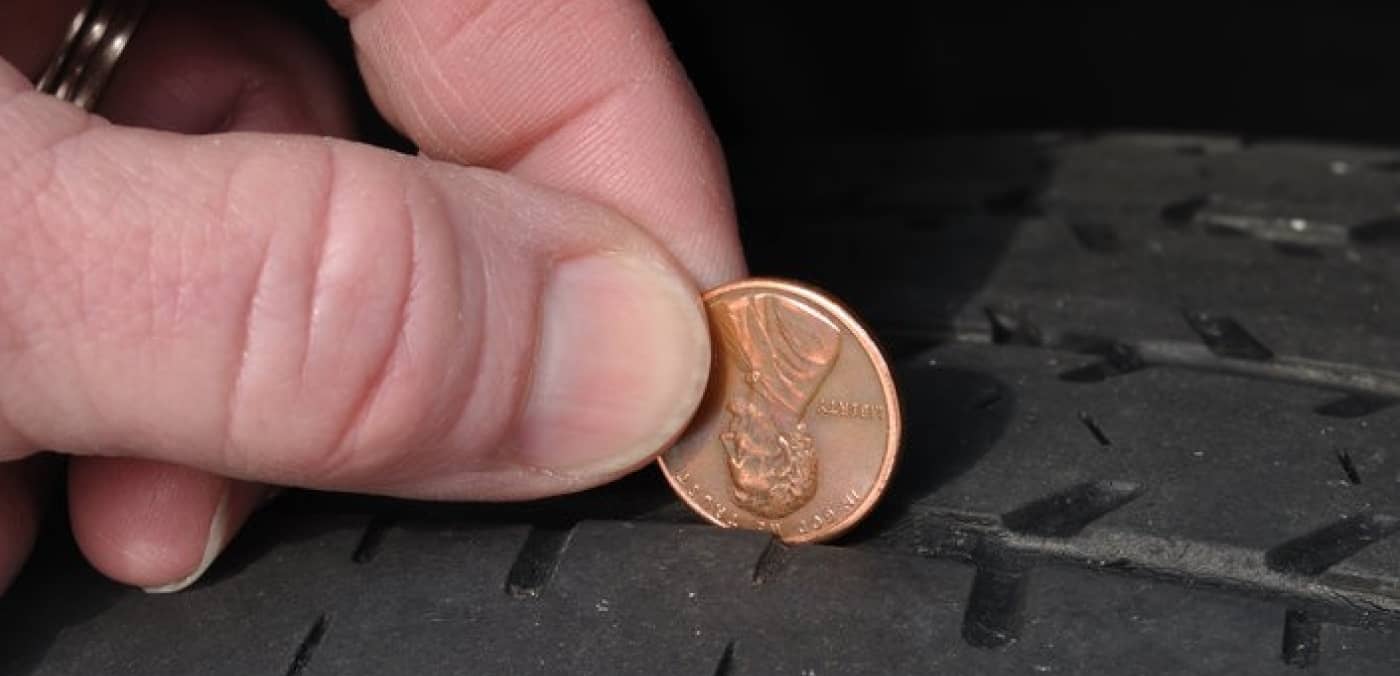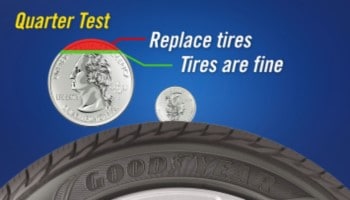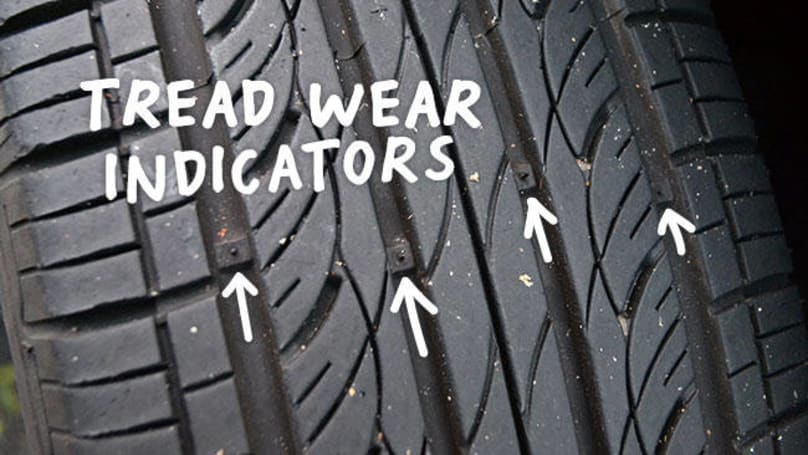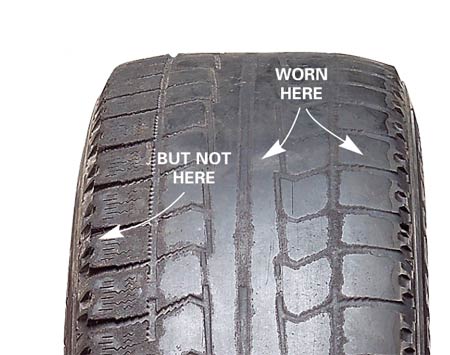Ace Tips About How To Check For Tire Wear

If you can see the top of lincoln’s head,.
How to check for tire wear. Too much air pressure causes mostly the tire’s middle section to contact the road. Lincoln penny to confirm the tire’s tread depth. We substitute the listed numerical values into the formula and determine the actual degree of tire wear (z):
How to check tread depth with tire tread wear bars or indicators. To reduce tire noise you should check the air pressure, have your tires rotated, and ensure the wheels are aligned properly. Tires with leaks should be patched by a professional.
Hold the quarter between your thumb and forefinger with the quarter. If you hear a hissing sound when you pull a nail, push the nail back in quickly and take the tire to be fixed. This creates wear primarily in the center of the tread, with less wear at the tire’s edges.
Check for deeply scuffed or worn areas, bulges or bubbles, small slits, or holes. Use a tire pressure gauge to check the air pressure in each of your tires. Tires with leaks should be patched by a professional.
You can have some idea if the tires have neared the end of their life by using a commonly known practice of using a u.s. 32 to 40 psi is what experts consider a normal pressure for your car. Select a point on your tire where tread appears the lowest and place lincoln's head into one.
If the leak persists, get a new tire. The next way is by using the tire wear indicator which is marked on the sidewall of the tire. How to check tire wear?

















